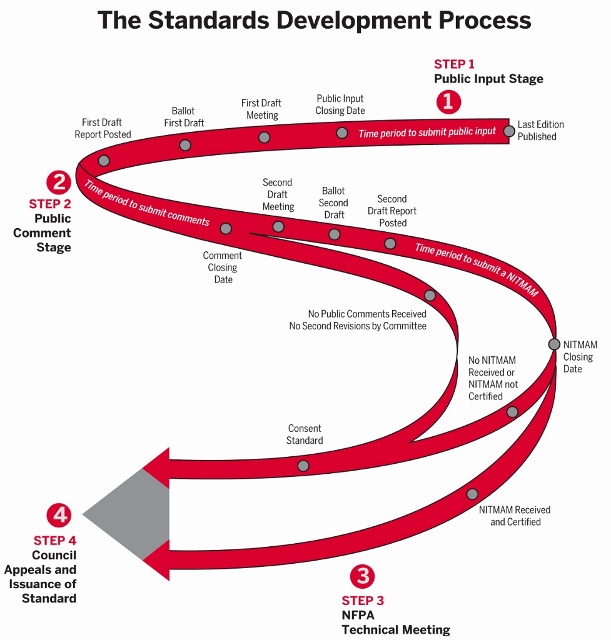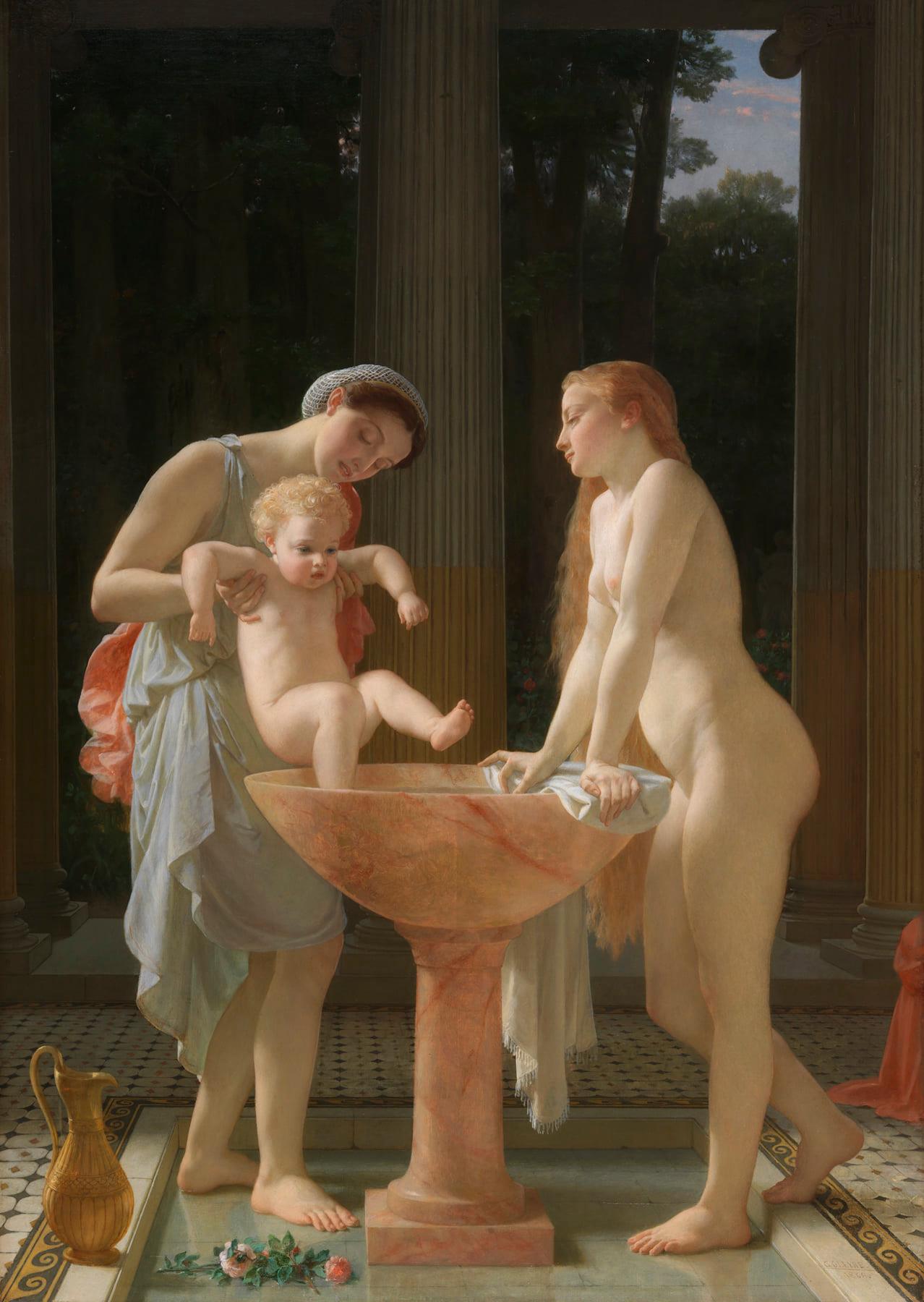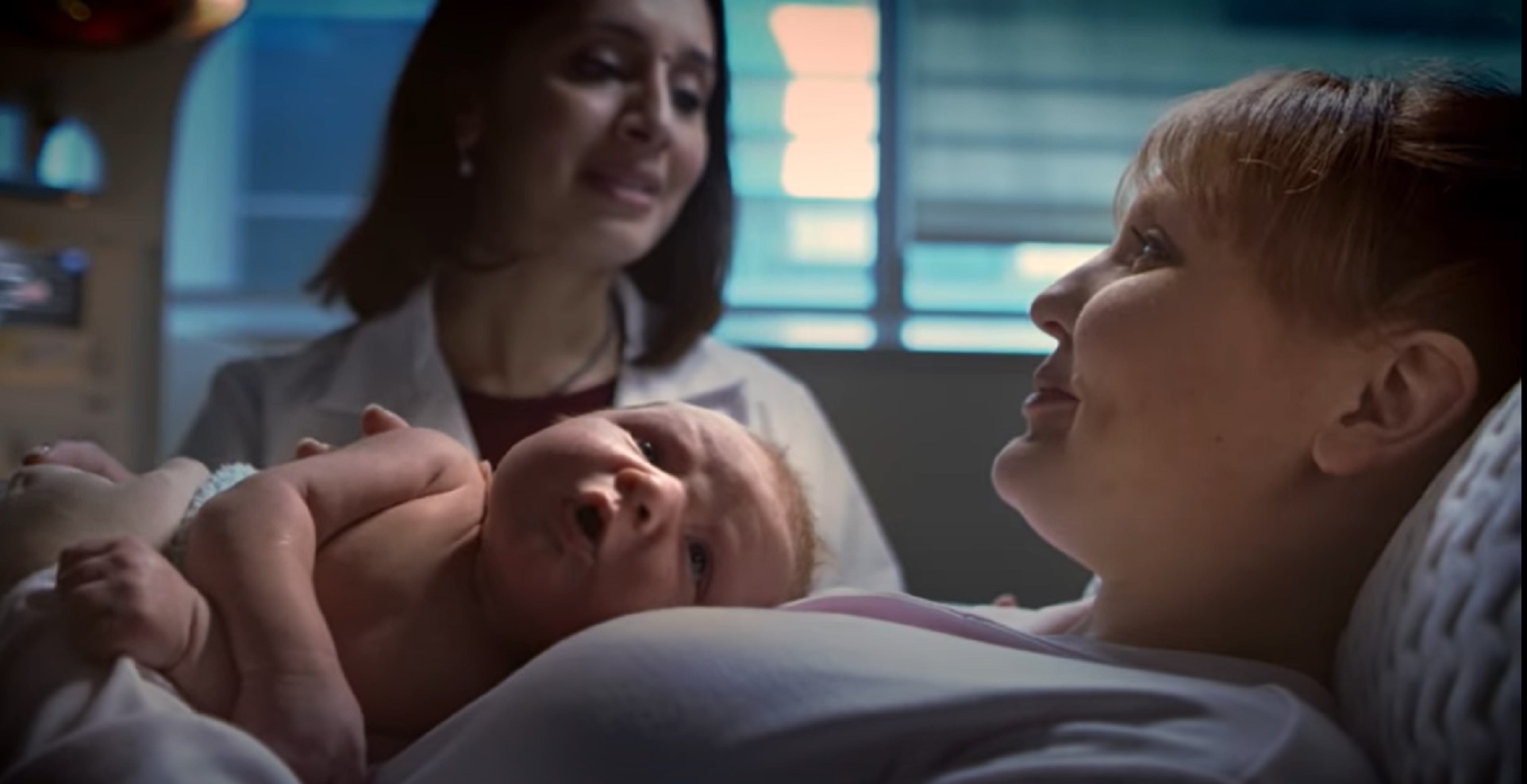Readings: Domestic Science
- Home Page 6

Testing, Inspection & Certification
The size of the U.S. Testing, Inspection, and Certification (TIC) industry is approximately $48.19 billion in 2023 and is projected to grow to about $60.06 billion by 2032. The industry is driven by factors such as increasing government regulatory action, consumer awareness about safety, and the rising need for quality assurance in various sectors like automotive, healthcare, consumer goods, municipal and campus building construction. TIC standards are found in design guidelines, construction contracts, building commissioning and acceptance.
Today we focus on the public commenting facilities of the dominant standards developers relevant to our work:
ASTM International
Intertek
International Electrical Testing Association (Portage, Michigan)
NSF International (Ann Arbor, Michigan)
Underwriters Laboratories
Each of the foregoing organizations have global affiliates such as SGS, Bureau Veritas, and TÜV SÜD which we cover in a separate session at some point in the future. We deal with electrotechnical TIC standards in any of our electrotechnology-oriented sessions every Tuesday.
Use the login credentials at the upper right of our home page.
Acceptance Testing Specifications for Electrical Power Equipment & Systems
Home | Kalamazoo County Michigan
Mike Anthony’s Colleague Gary Walls (Going way back to 1983) President Emeritus of NETA
Current title undergoing revision: Standard for Maintenance Testing Specifications for Electrical Power Equipment and Systems
- PINS: March 14 – April 13, 2025
- Working Groups: November 2026 – March 2026
- Ballot Pool Pre-canvas: Current – April 2026
- Initial Ballot/Public Comment Period: July 2026
- Recirculation Ballot/Public Comment Period: September 2026
- BSR-9 Submission: January 2027
- Anticipated Publication Date: February-March 2027
N.B. The NETA stack runs on a 5-year revision cycle.
Energy Standard for *Sites* and Buildings
Proposed Addendum bx to Standard 90.1-2022, Energy Standard for Sites and Buildings Except Low-Rise Residential Buildings. This second independent substantive change draft addendum on laboratory ventilation. Consultation closes December 21.
Addendum av to ANSI/ASHRAE/IES Standard 90.1-2022, Energy Standard for Sites and Buildings Except Low-Rise Residential Buildings. This addendum creates more exacting provisions for envelope alterations. The new format is intended to better communicate the requirements, triggers, and allowances associated with performing an envelope alteration to promote energy efficiency within the impacted area(s). Consultation closes October 6.
ANSI Standards Action Weekly Edition | Given ASHRAE’s revision redlines are frequently uploaded here
The American Society of Heating, Refrigerating, and Air Conditioning Engineers (ASHRAE) is an ANSI-accredited continuous-maintenance standards developer (a major contributor to what we call a regulatory product development “stream”). Continuous maintenance means that changes to its consensus products can change in as little as 30 days so it is wise to keep pace.
Among the leading titles in its catalog is ASHRAE 90.1 Energy Standard for Sites and Buildings Except Low-Rise Residential Buildings. Standard 90.1 has been a benchmark for commercial building energy codes in the United States and a key basis for codes and standards around the world for more than 35 years. Free access to ASHRAE 90.1 version is available at the link below:
READ ONLY Version of 2022 ASHRAE 90.1
Redlines are released at a fairly brisk pace — with 30 to 45 day consultation periods. A related title — ASHRAE 189.1 Standard for the Design of High Performance Green Buildings — first published in 2009 and far more prescriptive in its scope heavily references parent title 90.1 so we usually them as a pair because 189.1 makes a market for green building conformance enterprises. Note the “extreme prescriptiveness” (our term of art) in 189.1 which has the practical effect of legislating engineering judgement, in our view.
25 January 2023: Newly Released ASHRAE 90.1-2022 Includes Expanded Scope For Building Sites
ASHRAE committees post their redlines at the link below:
Online Standards Actions & Public Review Drafts
Education estate managers, energy conservation workgroups, sustainability officers, electric shop foreman, electricians and front-line maintenance professionals who change lighting fixtures, maintain environmental air systems are encouraged to participate directly in the ASHRAE consensus standard development process.


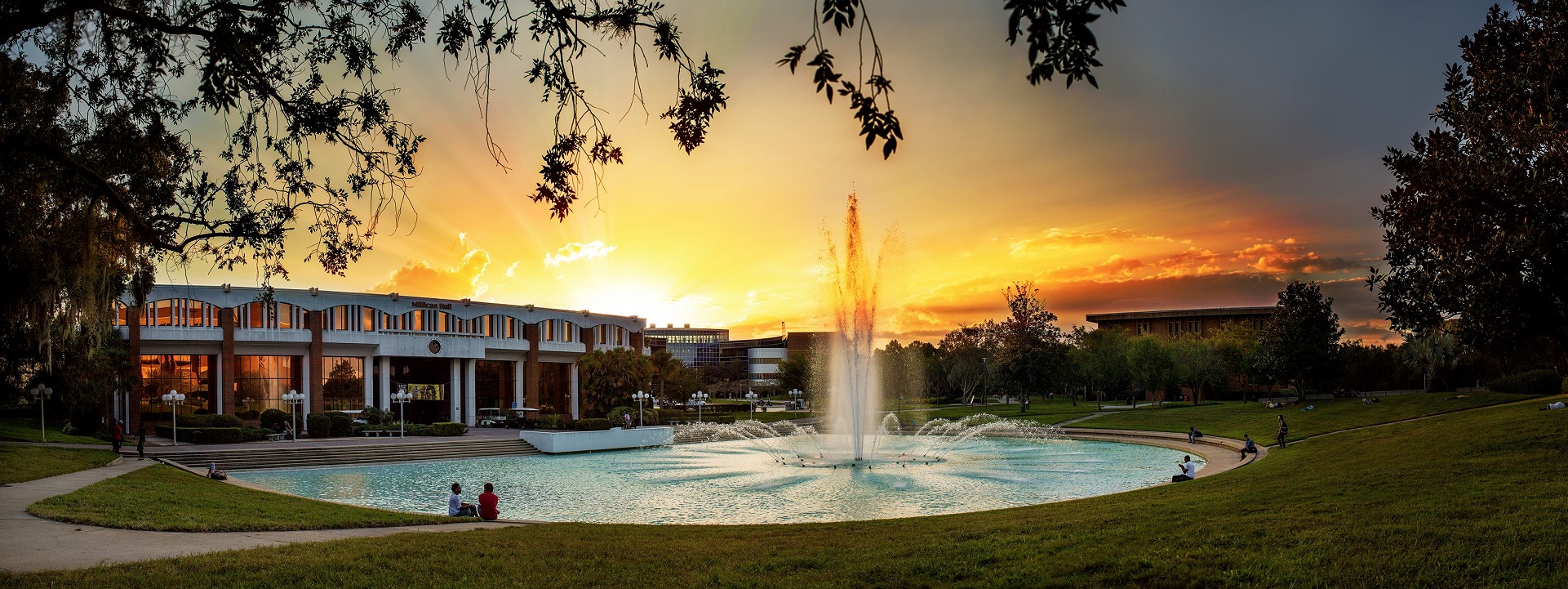
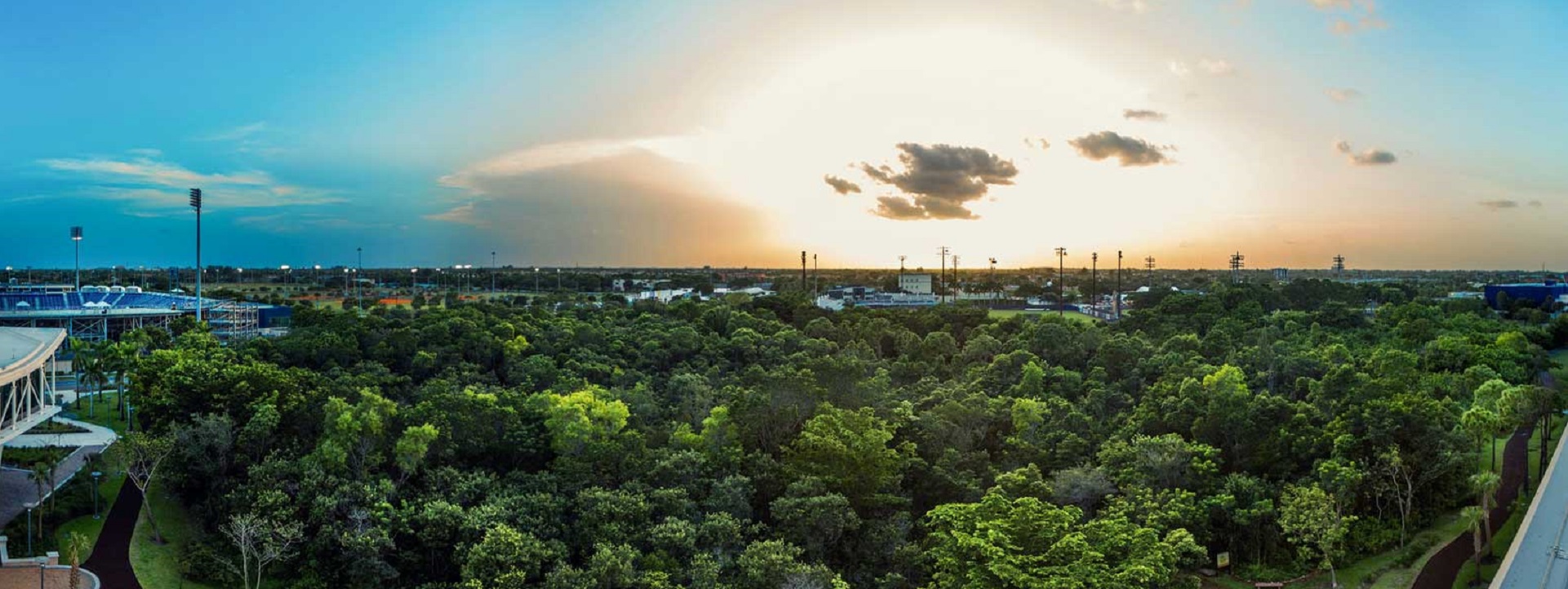
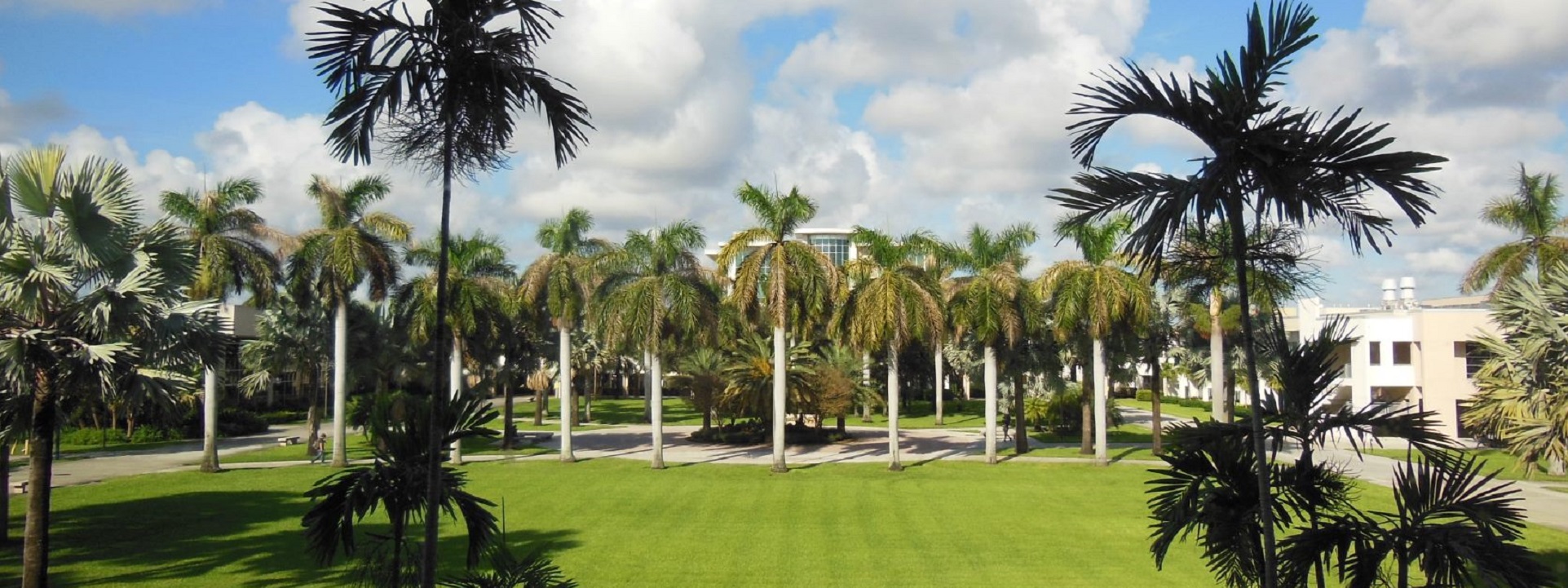
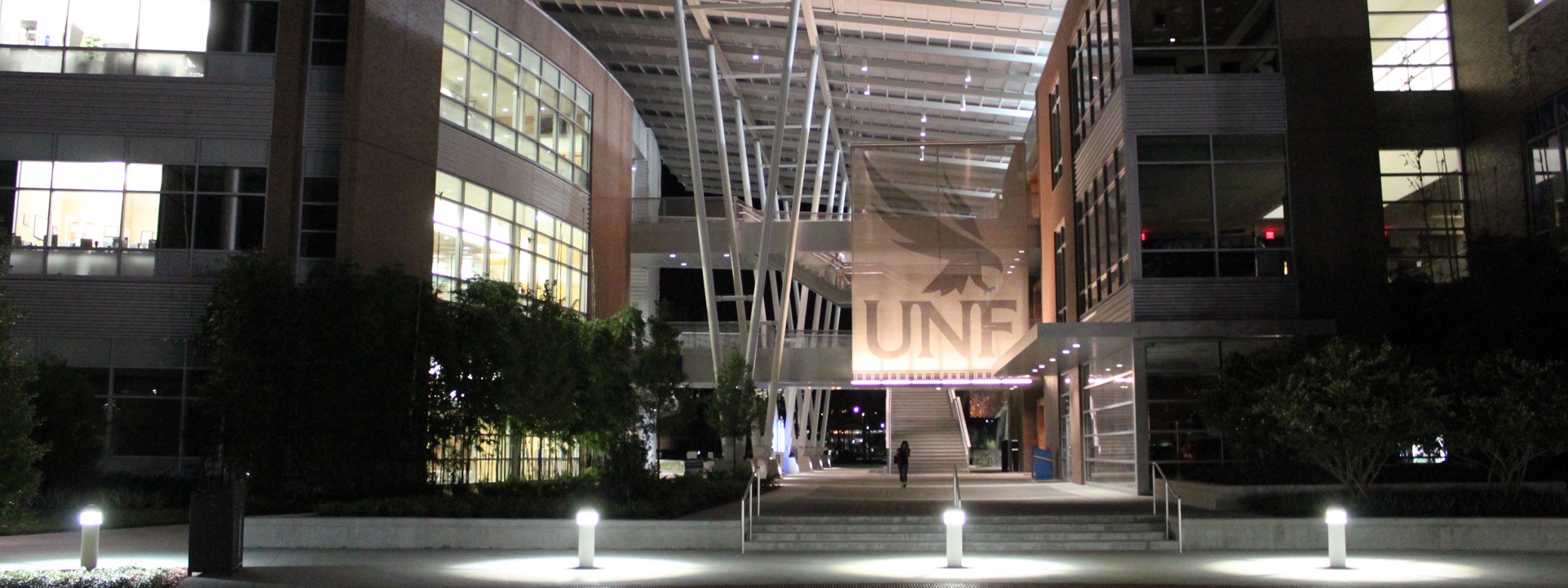

We also maintain ASHRAE best practice titles as standing items on our Mechanical, Water, Energy and Illumination colloquia. See our CALENDAR for the next online meeting; open to everyone.
Issue: [Various]
Category: Mechanical, Electrical, Energy Conservation, Facility Asset Management, US Department of Energy, #SmartCampus
Colleagues: Mike Anthony, Larry Spielvogel, Richard Robben
Under Construction: ASHRAE WORKSPACE
More
ARCHIVE 2002-2016 / ASHRAE 90.1 ENERGY STANDARD FOR BUILDINGS
US Department of Energy Building Energy Codes Program
ASHRAE Guideline 0 The Commissioning Process
Why Software is Eating the World
* Many standards-developing organizations aim to broaden their influence by entering the product standard and certification domain. Although our primary focus is on interoperability standards (within a system of interoperable products), we also consider market dynamics when product performance specifications are incorporated by reference into public law.
This map shows how US households heat their homes. Source: https://t.co/FYhAQ4U9iV pic.twitter.com/Vyw02f7Wa2
— Simon Kuestenmacher (@simongerman600) December 18, 2024
Love data like this, even though I would set temperature at a different scale. I like it warm. pic.twitter.com/itJgsZWZlK
— Simon Kuestenmacher (@simongerman600) December 15, 2024
To paraphrase Marc Andreessen: “Building standards are eating the world and ASHRAE is eating building standards” (– Mike Anthony, University of Michigan). Just when you thought ASHRAE’s claim to energy regulation could not get any larger, it has recently appropriated everything *between* buildings in its scope — that means all above-ground pathway lighting, steam, hot water communication cabling tunnels, water pumps, fire protections systems; among others.
2029 National Electrical Code Panel 1
The University of Michigan has supported the voice of the United States education facility industry since 1993 — the second longest tenure of any voice in the United States. That voice has survived several organizational changes but remains intact and will continue its Safer-Simpler-Lower Cost-Longer Lasting advocacy on Code Panel 3 in the 2029 Edition.
Today, during our customary “Open Door” teleconference we will examine the technical concepts under the purview of Code Panel 1; among them:
Article 206 Signaling Circuits
Article 300 General Requirements for Wiring Methods and Materials
Article 590 Temporary Installations
Chapter 7 Specific Conditions for Information Technology
Chapter 9 Conductor Properties Tables
Public Input on the 2029 Edition will be received until April 9, 2026.
Health 400 | OB-GYN
National Center for Health Statistics: Birth Data Files
From Cheerleader & Footballer To Pregnant at 15
Jordan Peterson: Accidental Childlessness, The Epidemic That Dare Not Speak Its Name
REDDIT: An estimated 1/3 of all GenZ were aborted
Today we break down the stack of regulations, codes, standards and open-source literature governing the safety and sustainability of university-affiliated medical research and healthcare delivery facilities. Because of the complexity of the topic we break down our coverage:
Health 200. Survey of all relevant codes, standards, guidelines and recommended practices for healthcare settings.
Health 400. All of the above with special consideration needed for obstetrics, gynecological and neonatal clinical practice and research.
We limit our interest to systems — water, power, telecommunication and security; for example — that are unique to campus-configured, city-within-city risk aggregations. Electrotechnologies (voltage stability, static electricity control, radio-interference, etc.) in these enterprises are subtle, complex and high risk. Sample titles from legacy best practice literature in this domain are listed below:
American College of Obstetricians and Gynecologists: Levels of Maternal Care
Provision of Care, Treatment, and Services standards for maternal safety
Since our interest lies in the habitable spaces for these enterprises we usually start with a scan of the following titles:
International Building Code Section 407 (Institutional Group I-2) identifies requirements specific to healthcare settings, covering aspects such as fire safety, means of egress, and smoke compartments. Maternity and obstetric facilities within hospitals fall under this classification.
K-TAG Matrix for Healthcare Facilities
NFPA 70 National Electrical Code Article 517
NFPA 99 Healthcare Facilities Code
NFPA 101 Life Safety Code Chapters 18 & 19
ASHRAE 170 Ventilation of Healthcare Facilities
Relevant Institute of Electrical and Electronic Engineers research
Towards Deeper Neural Networks for Neonatal Seizure Detection
A System to Provide Primary Maternity Healthcare Services in Developing Countries
Deep Learning for Continuous Electronic Fetal Monitoring in Labor
Reorganizing of University Hospital of Oran’s operating theatre: Simulation approach
Finally, we collaborate with the IEEE E&H Committee on the following IEC committee projects from IEC/TC 62 Electrical equipment in medical practice:
– Common aspects of electrical equipment used in diagnostic imaging equipment
– Equipment for radiotherapy, nuclear medicine and radiation dosimetry
– Electromedical equipment for neonatal care
![]()
More
A relatively new publisher of related standards is the Facility Guidelines Institute. We are monitoring its catalog and its processes. The healthcare facility industry is likely large enough for another non-profit but we have yet to see meaningful leading practice discovery and promulgation that is unrelated to the literature that is already out there.
Health Insurance Portability and Accountability Act (HIPAA)
Health care cost as percentage of Gross Domestic Product for six representative nations.
Association of Academic Health Centers
International Conference on Harmonization: The ICH guidelines provide guidance on the development of pharmaceuticals and related substances, including clinical trials, drug safety, and efficacy.
Animal Welfare Act and the Institutional Animal Care and Use Committee
Good Laboratory Practice: GLP is a set of principles that ensure the quality and integrity of non-clinical laboratory studies. It ensures that data generated from non-clinical laboratory studies are reliable, valid, and accurate.
International Code Council Representation of Interests
In the early to mid-1900s, some US colleges used orphaned babies in home economics programs to teach child-rearing skills
These children were referred to as "practice babies" pic.twitter.com/FZCkeu0p2m
— UberFacts (@UberFacts) August 17, 2023
👩⚕️👩🎓 Warmest congratulations to UCD School of Nursing, Midwifery and Health Systems’ Higher Diploma in Midwifery group (2022-2024), who have officially completed their 18-month programme to become registered midwives 👏👏👏 pic.twitter.com/hixD1gT1no
— University College Dublin (@ucddublin) March 7, 2024
Healthcare Occupancies
2025 REPORT OF THE COMMITTEE ACTION HEARINGS
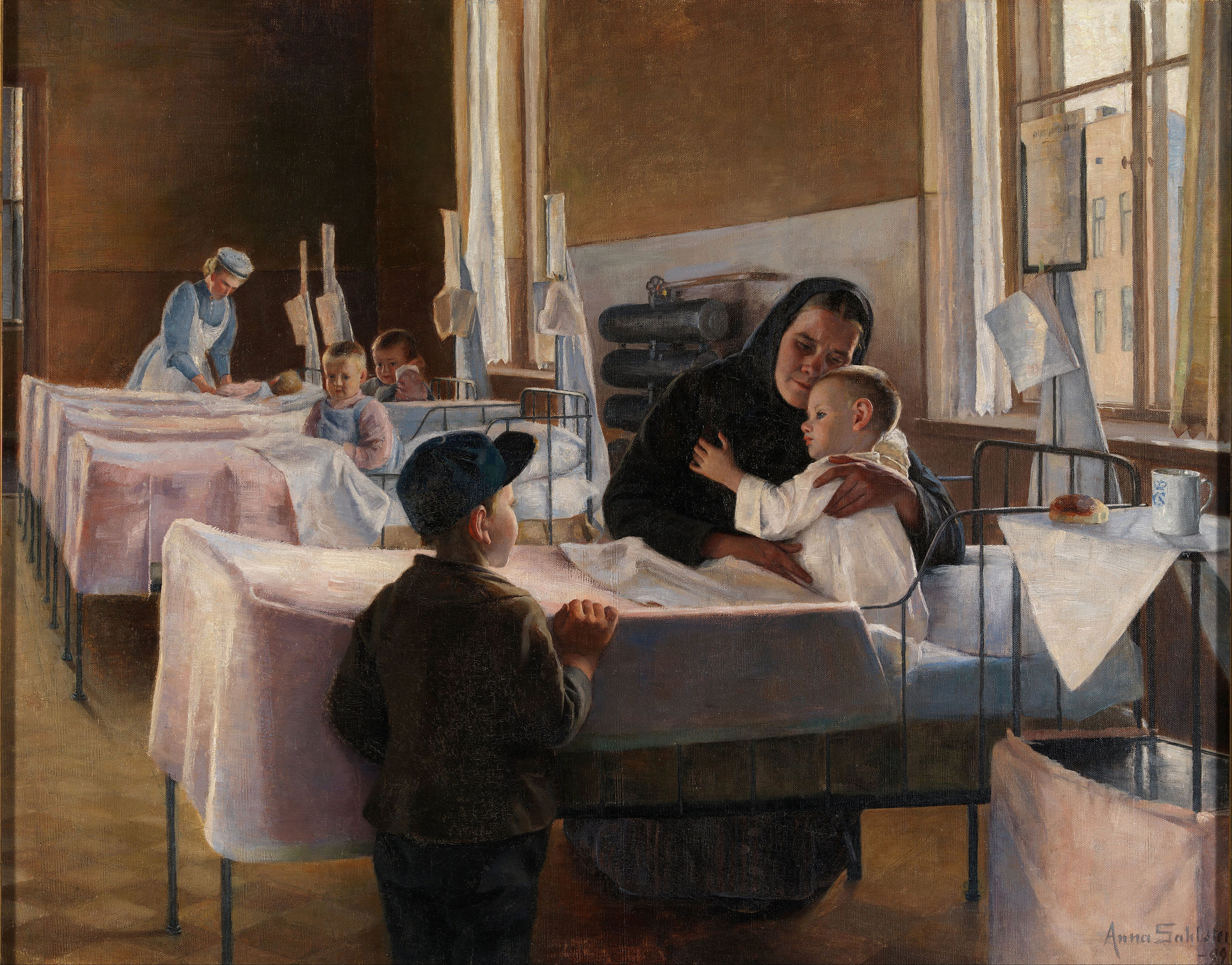
Safety and sustainability for any facility, not just university-affiliated healthcare facilities, usually begin with an understanding of who, and how, shall occupy the built environment. University settings, with mixed-use occupancy arising spontaneously and temporarily, often present challenges and they are generally well managed.
First principles regarding occupancy classifications for healthcare facilities appear in Section 308 of the International Building Code, Institutional Group I; linked below:
2021 International Building Code Section 308 Institutional Group I

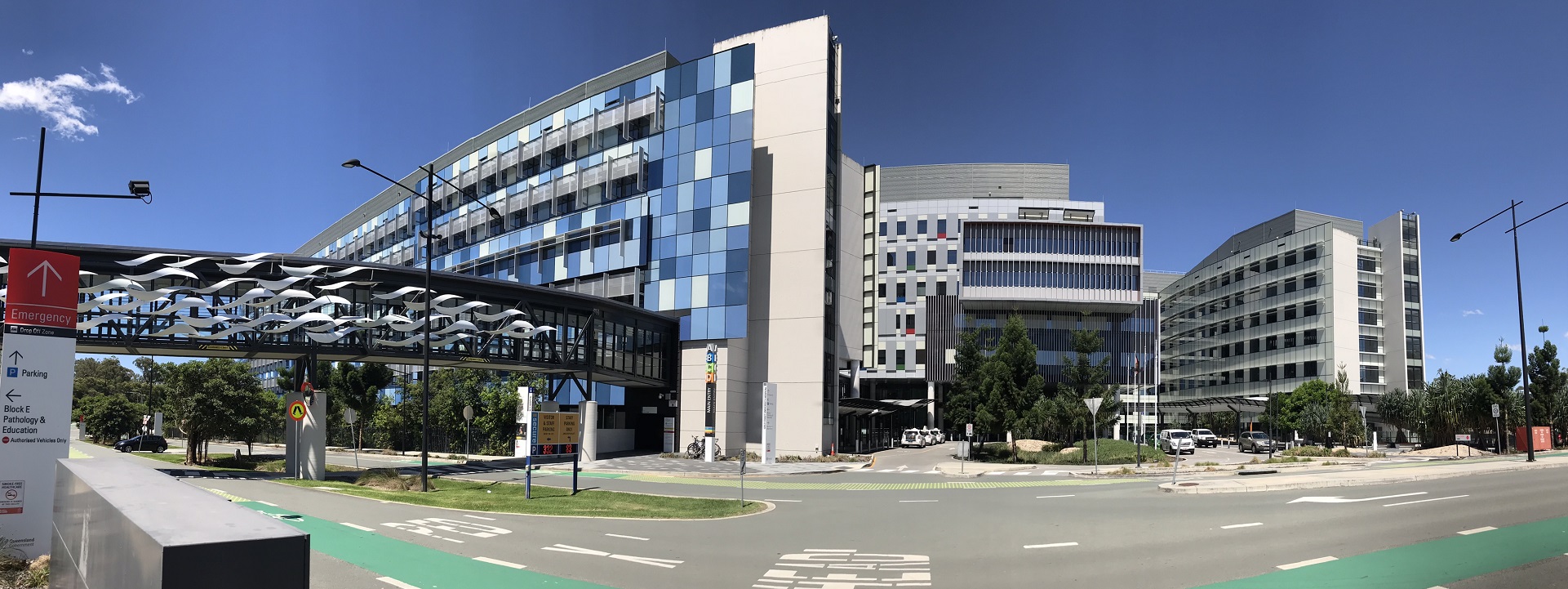
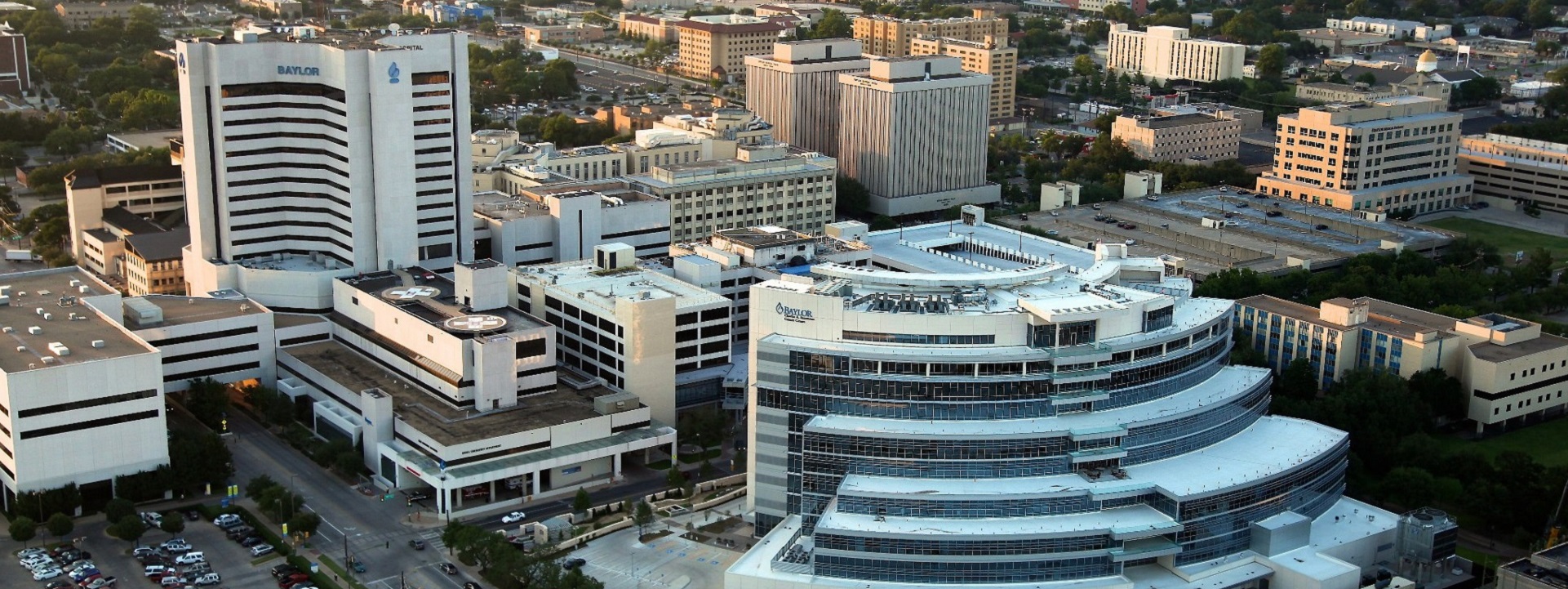

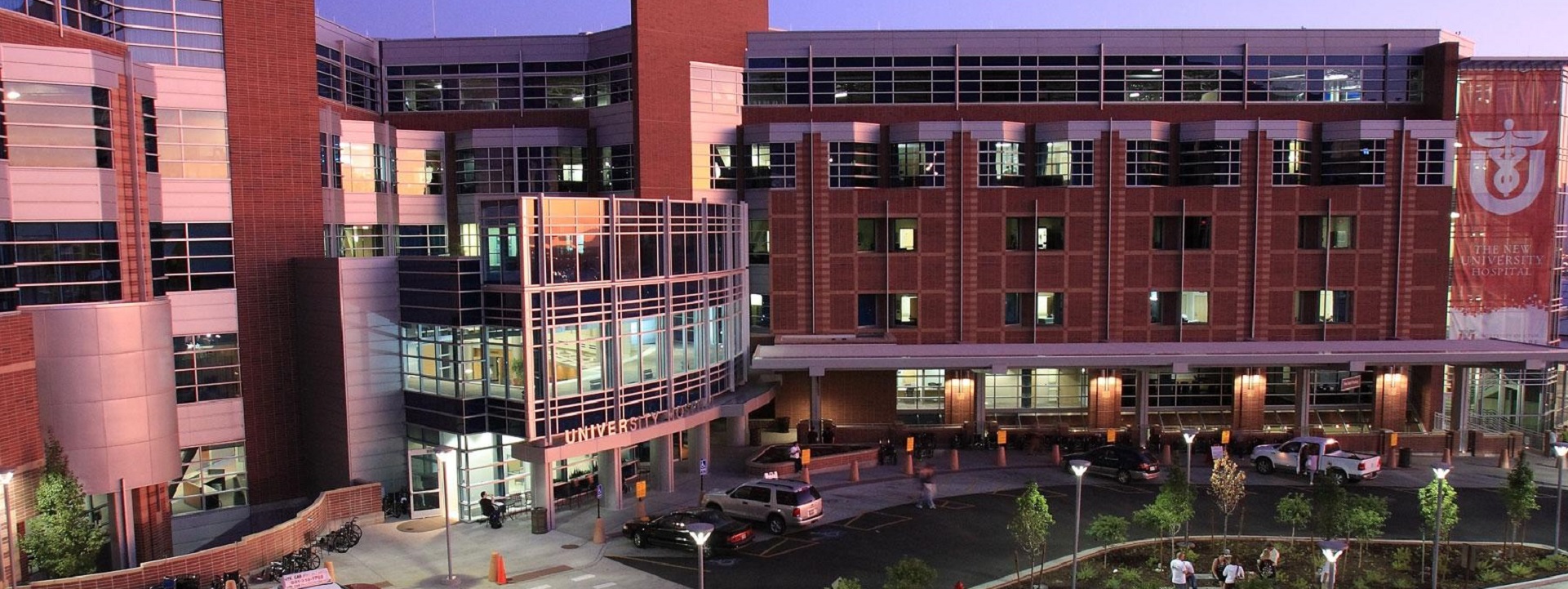
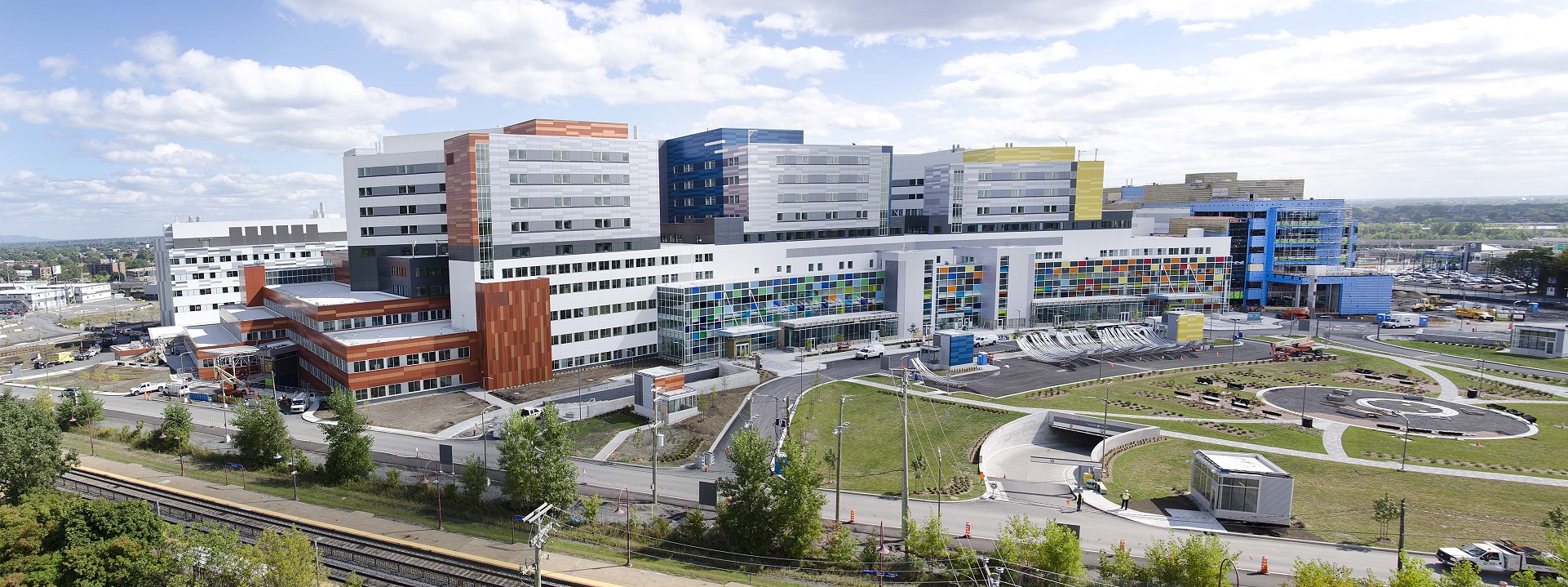

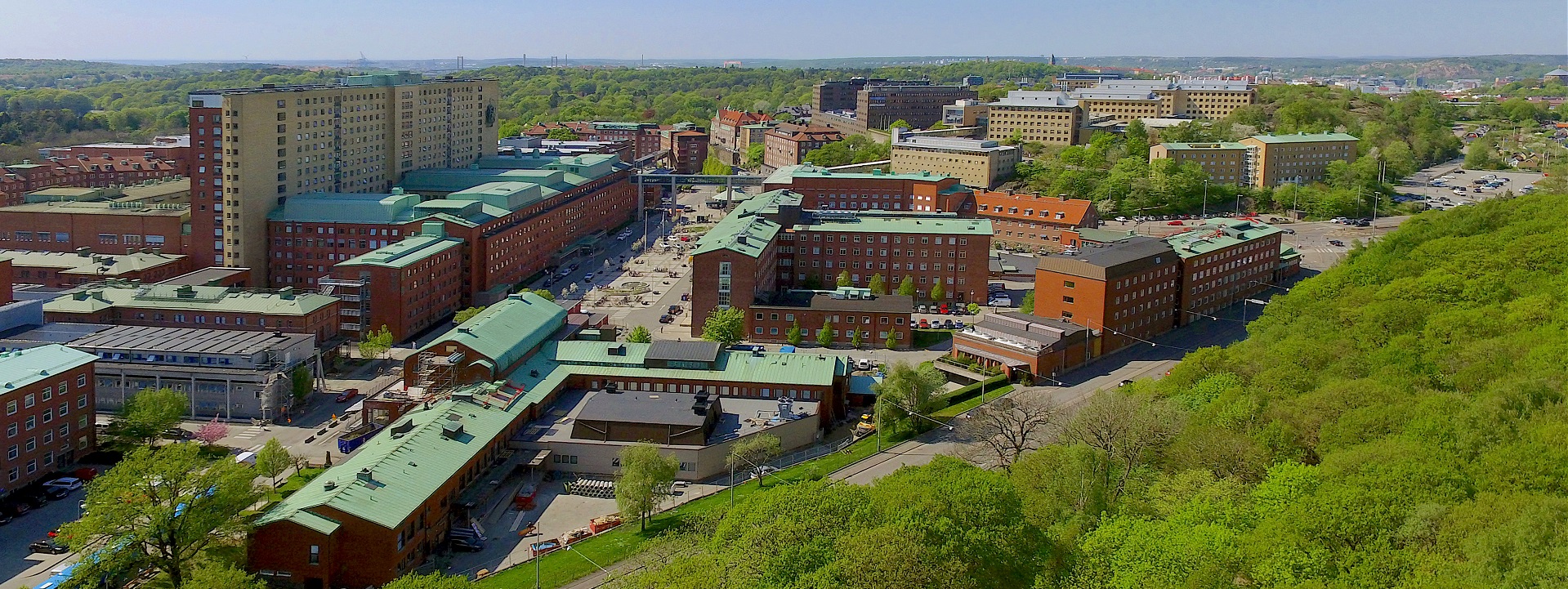
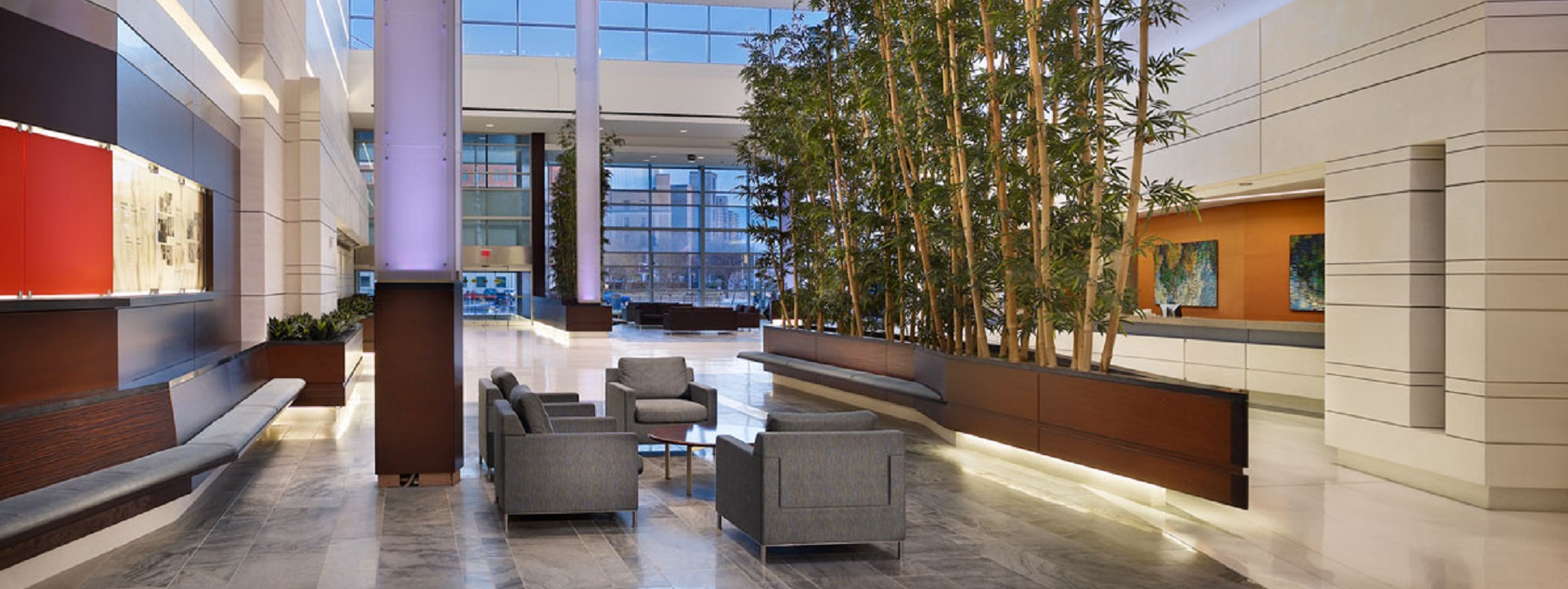
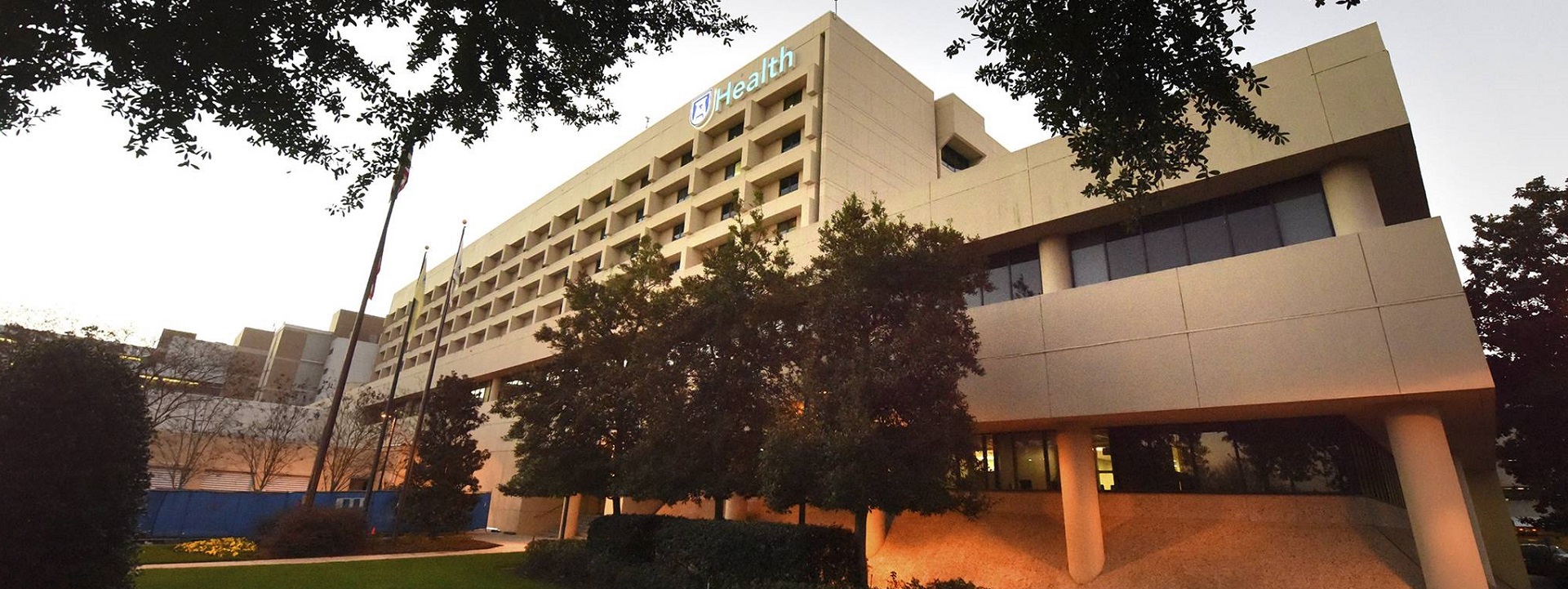
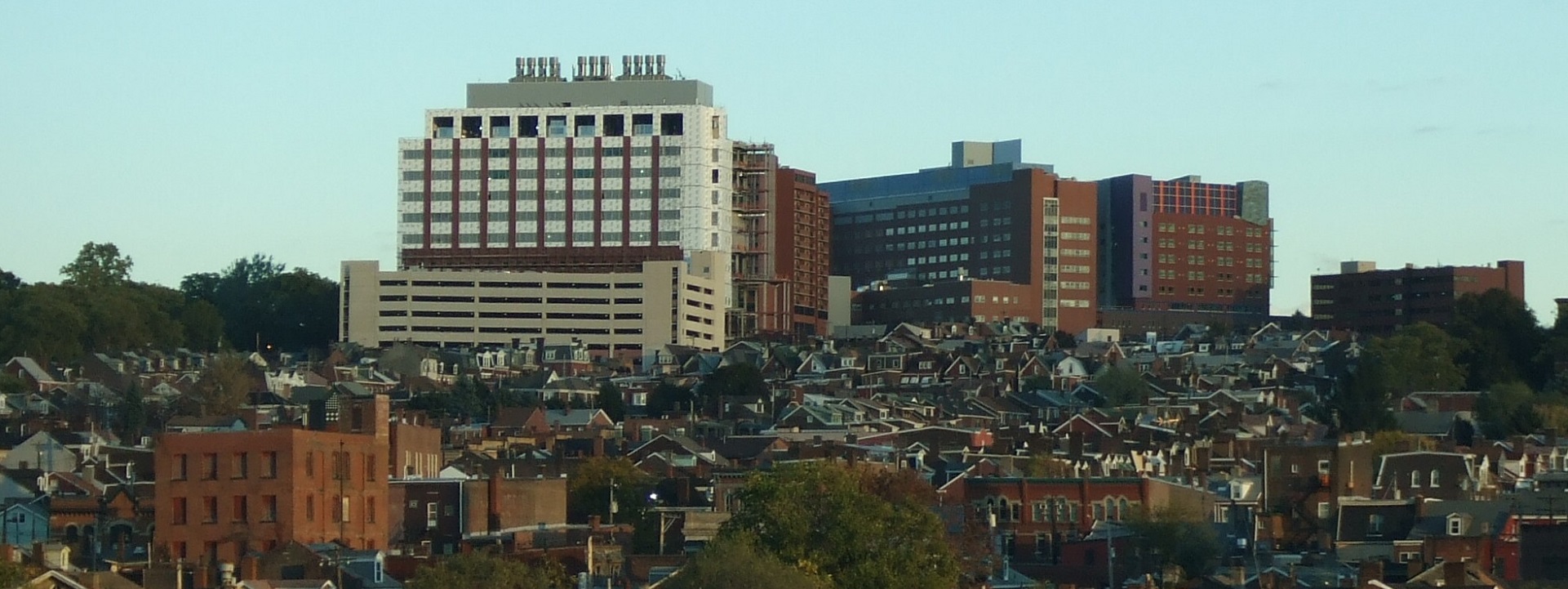

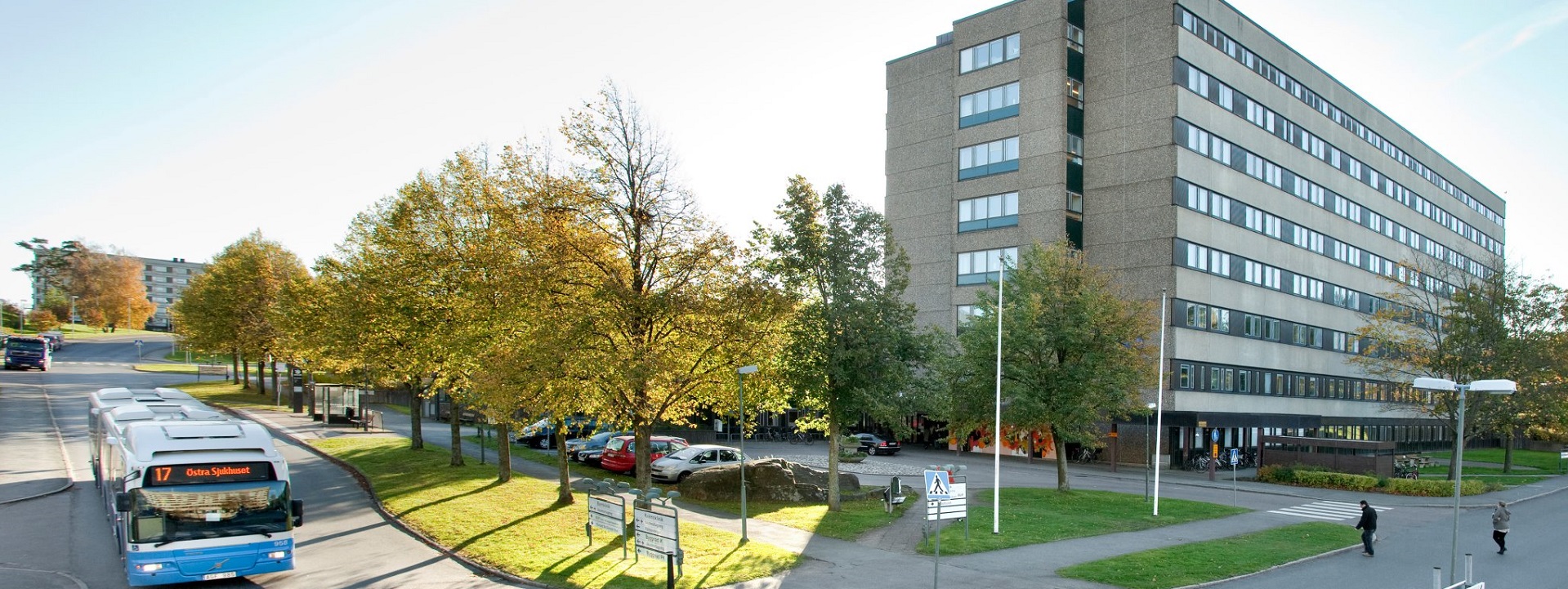
There are thousands of healthcare code compliance functionaries and instructors; most of them supported by trade associations and most of them authoritative. Hewing to our market discipline to track only the concepts that will affect university-affiliated healthcare enterprises only. There are a few noteworthy differences between corporate healthcare businesses and university affiliated healthcare enterprises (usually combined with teaching and research activity) that we identify on this collaboration platform.
We collaborate closely with the IEEE Education & Healthcare Facilities Committee which takes a far more global view of the healthcare industry. That committee meets online 4 times monthly in European and American time zones.
Finally, we encourage our colleagues to participate directly in the ICC Code Development process. Contact Kimberly Paarlberg (kpaarlberg@iccsafe.org) for more information about its healthcare committees and how to participate in the ICC code development process generally. Tranches of ICC titles are developed according to the schedule below:
2024/2025/2026 ICC CODE DEVELOPMENT SCHEDULE
Issue: [18-166]
Category: Architectural, Healthcare Facilities, Facility Asset Management
Colleagues: Mike Anthony, Jim Harvey, Richard Robben
More
The ICC Code Development Process
Geoffrey Hinton & John Hopfield
The so-called “Godfather of AI” who won the Nobel Prize is Geoffrey Hinton. He was awarded the 2024 Nobel Prize in Physics alongside John Hopfield for their foundational discoveries and inventions that enabled machine learning with artificial neural networks.
Hinton, a British-Canadian computer scientist and cognitive psychologist, is widely recognized for his pioneering work on neural networks, particularly the development of the Boltzmann machine and contributions to the backpropagation algorithm, which have been critical to modern AI systems like ChatGPT.
The work of each, starting in the 1980s, laid the groundwork for the AI revolution, earning them the title “Godfathers of AI.”
John J. Hopfield delivered his Nobel Prize lecture “Physics is a point of view” on 8 December 2024 at the Aula Magna, Stockholm University. He was introduced by Professor Ellen Moons, Chair of the Nobel Committee for Physics.
New update alert! The 2022 update to the Trademark Assignment Dataset is now available online. Find 1.29 million trademark assignments, involving 2.28 million unique trademark properties issued by the USPTO between March 1952 and January 2023: https://t.co/njrDAbSpwB pic.twitter.com/GkAXrHoQ9T
— USPTO (@uspto) July 13, 2023
Standards Michigan Group, LLC
2723 South State Street | Suite 150
Ann Arbor, MI 48104 USA
888-746-3670







